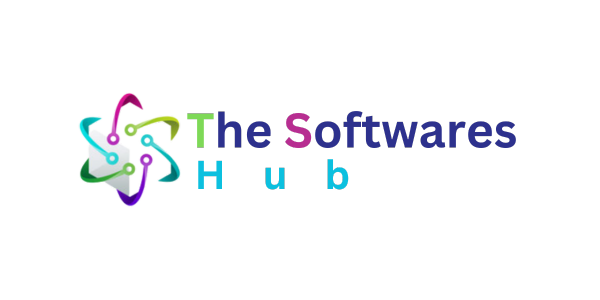How to Choose the Best Supply Chain Strategy

Choosing the right supply chain strategy is among a company’s most important decisions that ultimately determine its success or failure. Sound strategy facilitate the formulation of effective ways that help in moving goods and services from the supplier’s end to the consumer’s end with minimal costs involved.
Depending on the strategy, there are lean, agile, and resilient supply chain models available; the key is to know which of them fits the business goals, market requirements, or risk appetite. Issues like the type of product and its features, the expected customer treatment, as well as the current and future general market situation, along with improvements in technology, also determine the proper strategy.
This guide will enable you to understand what is involved in supply chain management, how you can assess your choices, and the steps to take for achieving your goals in implementing your supply chain management strategy.
Understand Your Business Needs
The first and arguably most crucial part of the process of choosing the best supply chain strategy is outlying the needs and goals of your business. Various sectors and companies have unique needs for the kind of transport they require, for instance, speed, cost, flexibility, and spend analysis.
For example, a business in the FMCG segment may have concerns with the velocity and reactivity, while premium brands—the quality and clients’ satisfaction. By weighing the strengths and opportunities within your business model, you will identify the aspects that should define your supply chain strategy.
Evaluate Your Customer Expectations
Customer demand is one of the factors used when determining the best supply chain strategy. Modern day consumers increasingly require quicker deliveries, higher personalized products, and information disclosure. Knowing what is dear to customers, whether it is speedy delivery, cheap prices, or quality goods, will assist in informing the supply chain strategies.
For instance, if your customers want quick delivery, you may decide to adopt a JIT system that cuts down inventory and lead time. On the other hand, if customization is a strategic notion, then a more adaptable supply chain may be preferred as it supports the made-to-order production.
Check Your Supply Chain Strengths
Self-evaluation of the current status of supply chain management capabilities is critical prior to the identification of a viable strategy. These involve the assessment of one’s infrastructure, technology, people, and supplier partners.
Using the gap analysis, you can determine which aspects of your supply chain can be considered a problem area. For instance, if an organization’s strategic plan includes an agile supply chain but does not have the technologies that support the approach, for example, real-time data, then acquiring the right tools and systems will be a priority.
Conclusion
Choosing the best supply chain strategy depends on the understanding of what you need, your customers, abilities, and goals.
In this way, by coordinating these factors, it will be possible to design a supply chain that is not only prepared for the current requirements but also for the future needs that will emerge, being able to generate sustainable and solid growth and achieving a competitive advantage.





